The Pattern Australian Silver 50¢ by Machin
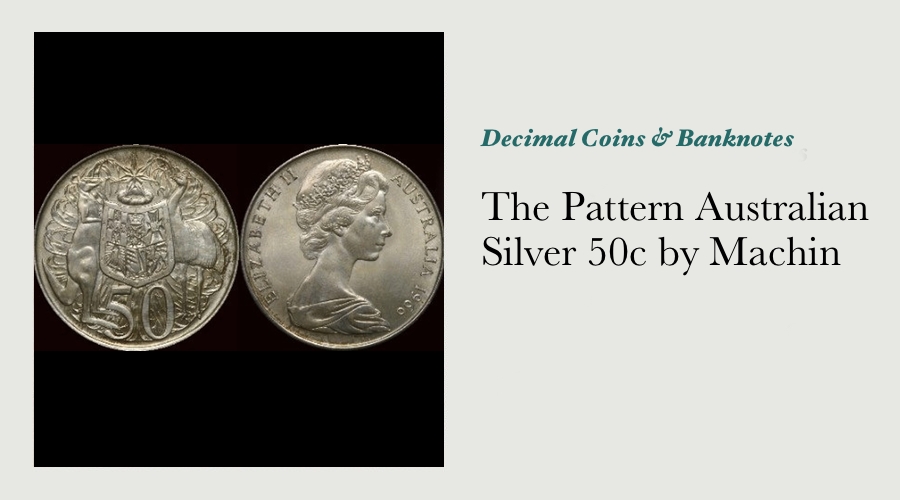
While I was at the Sydney ANDA show recently, I was fortunate enough to be offered a few coins for sale. Among them was one of the more interesting coins I've ever come across.
At first blush, it looks just like any other silver and round Australian 50¢ coin struck in 1966 - trouble is, it came with two other coins that were far rarer, so I took a second look at it to see if I could tell if it was rare or otherwise interesting.
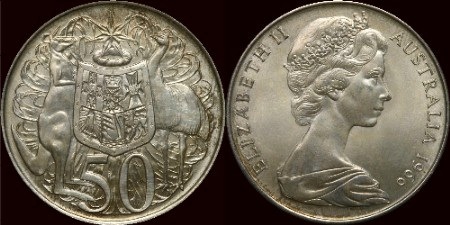
Under glass, the first thing I could see was that there were two very clear double bars behind the emu's head on the reverse - and I sure haven't seen them like that before! I then looked at the rest of the reverse detail, and although I couldn't pick any other major differences with the ornery circulation strike that I had at hand at the time, I still didn't let it sit there.
When I got back to the office and the paperwork had been sorted, I took high-resolution images of the coin both sides and did the same with the standard coin. I've since done the same with a 1969 proof 50¢, and am waiting for a proof 1966 50¢ coin to determine what all the differences are.
The idea of this research is to determine if it's been struck with proof dies that were either in use in 1966 or were intended for use from 1969 onwards. Once that's done, I expect I'll be able to categorize it as either a specimen strike using proof dies or a pattern strike using dies that weren't used on either proof or circulation coinage. If you'd like to help throw some light on how the "pattern" differs from the various other coins that have been struck for Australia, you're welcome to download the images I've taken from the following links and compare them. I didn't want to place them all on this page because each one is 1000 pixels * 1000 pixels, and it'd take ages to download. I've been able to make the quickest comparisons by opening two images that I want to compare (for example the pattern obverse and then the 1966 circulation strike obverse), overlaying them on my screen, then flipping between the two images to pick up the differences. It takes patience and a keen eye, but isn't impossible to do.
You're welcome to post any noticeable differences in the comments section at the bottom of the page.
| OBVERSE | REVERSE |
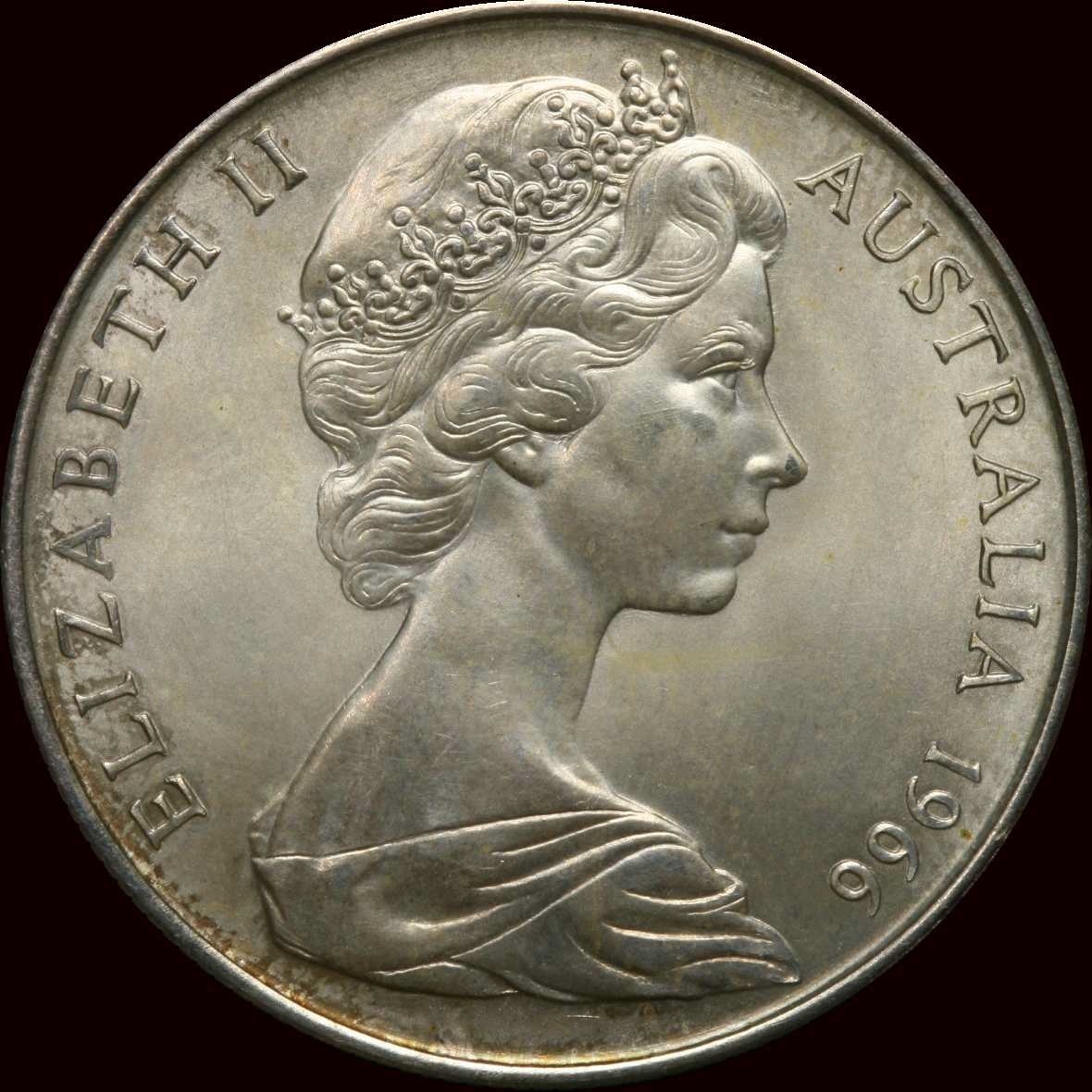
1966 Pattern Strike Obverse
|
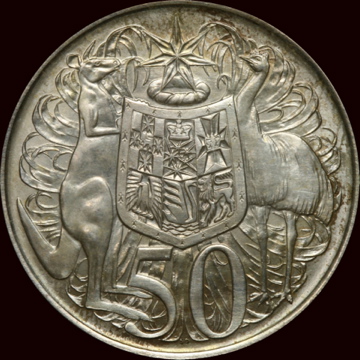
1966 Pattern Strike Reverse
|
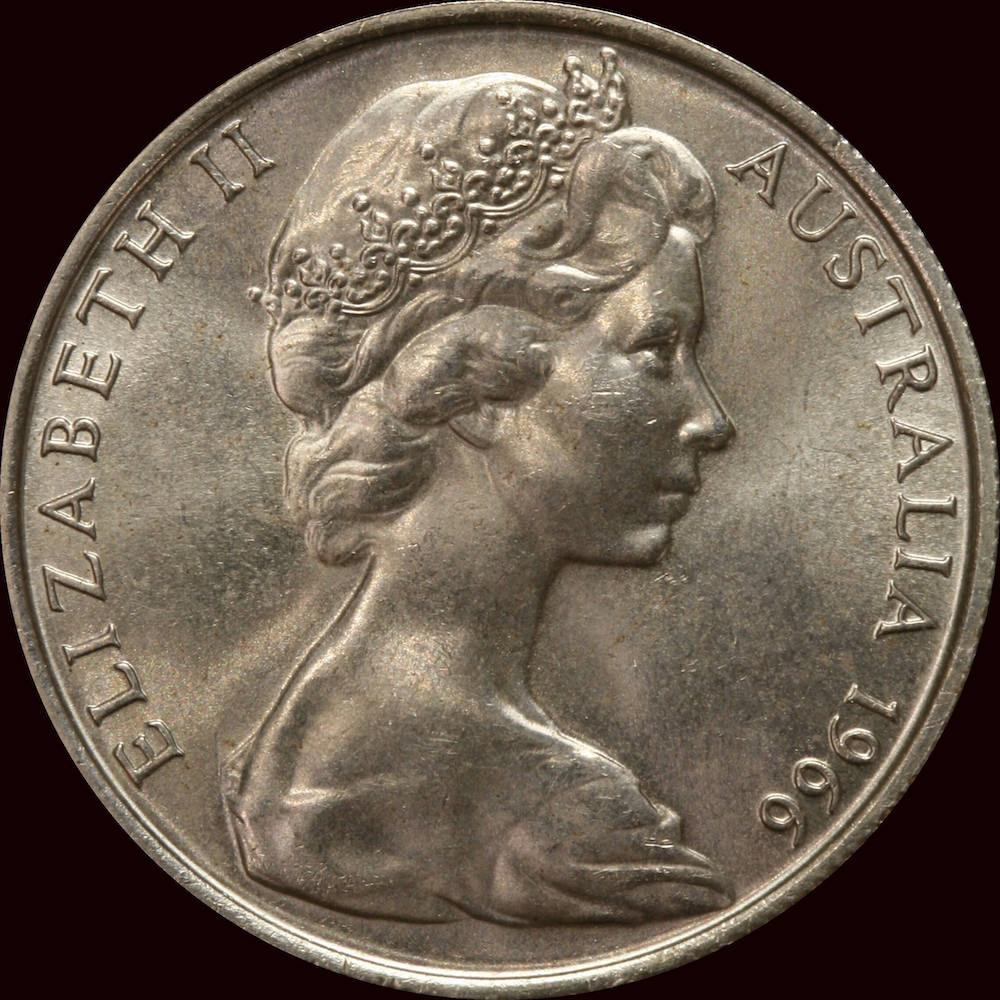
1966 Circulation Strike Obverse
|
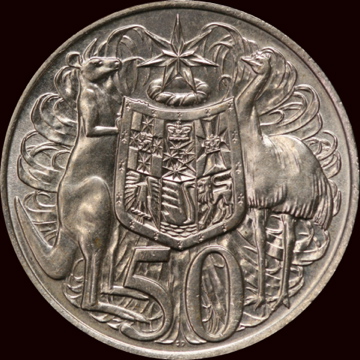
1966 Circulation Strike Reverse
|
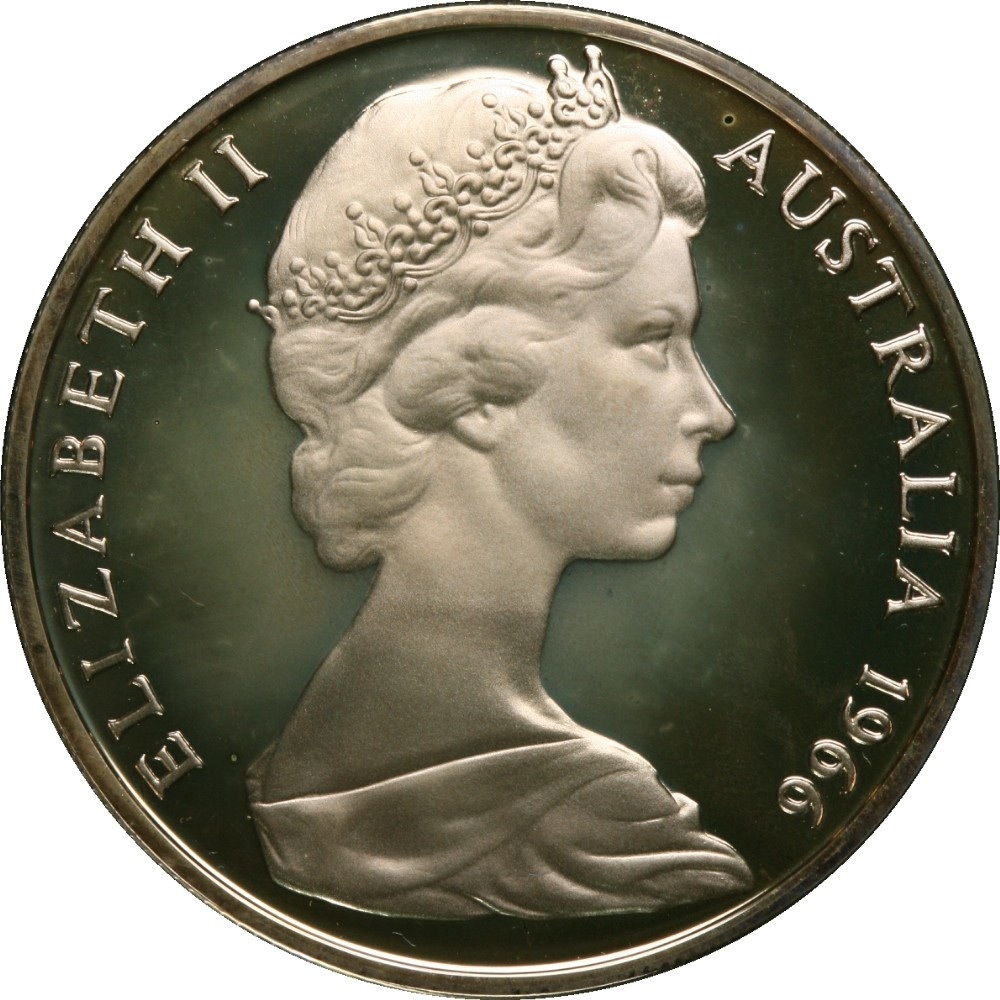
1966 Proof Strike Obverse
|
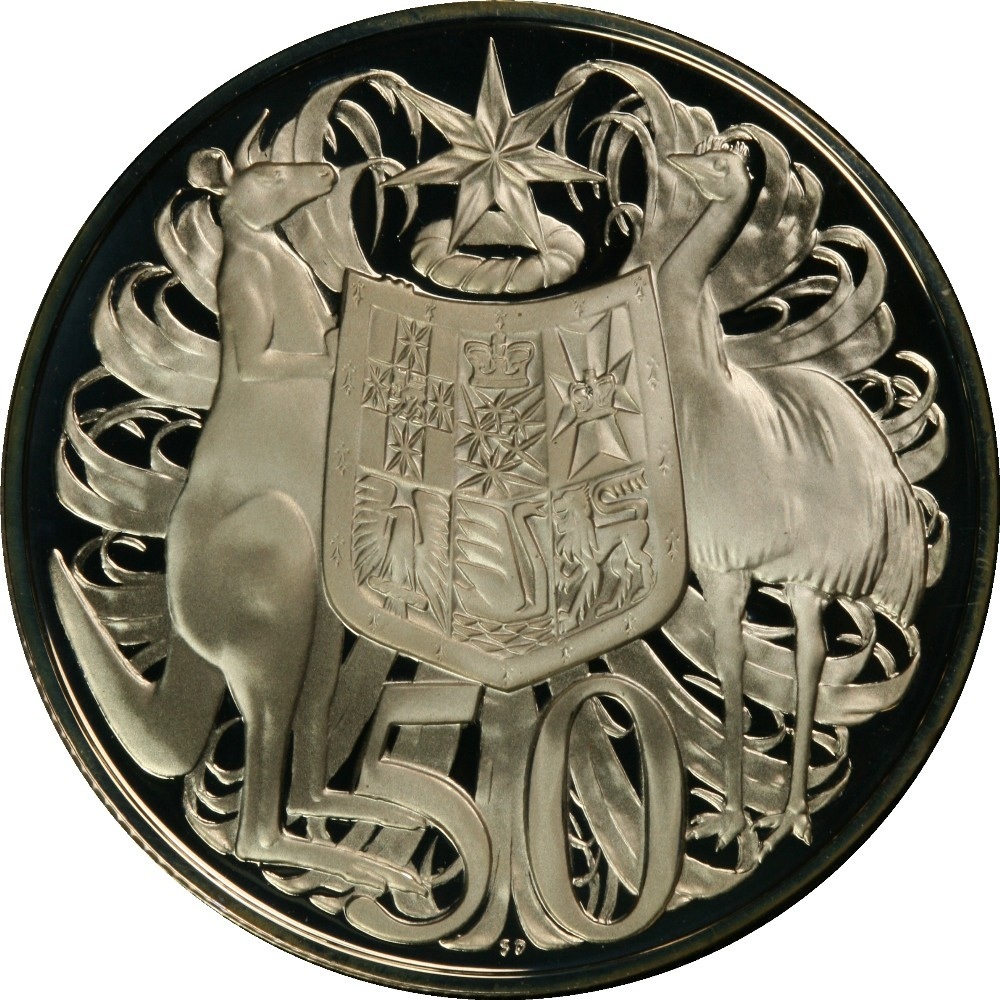
1966 Proof Strike Reverse
|
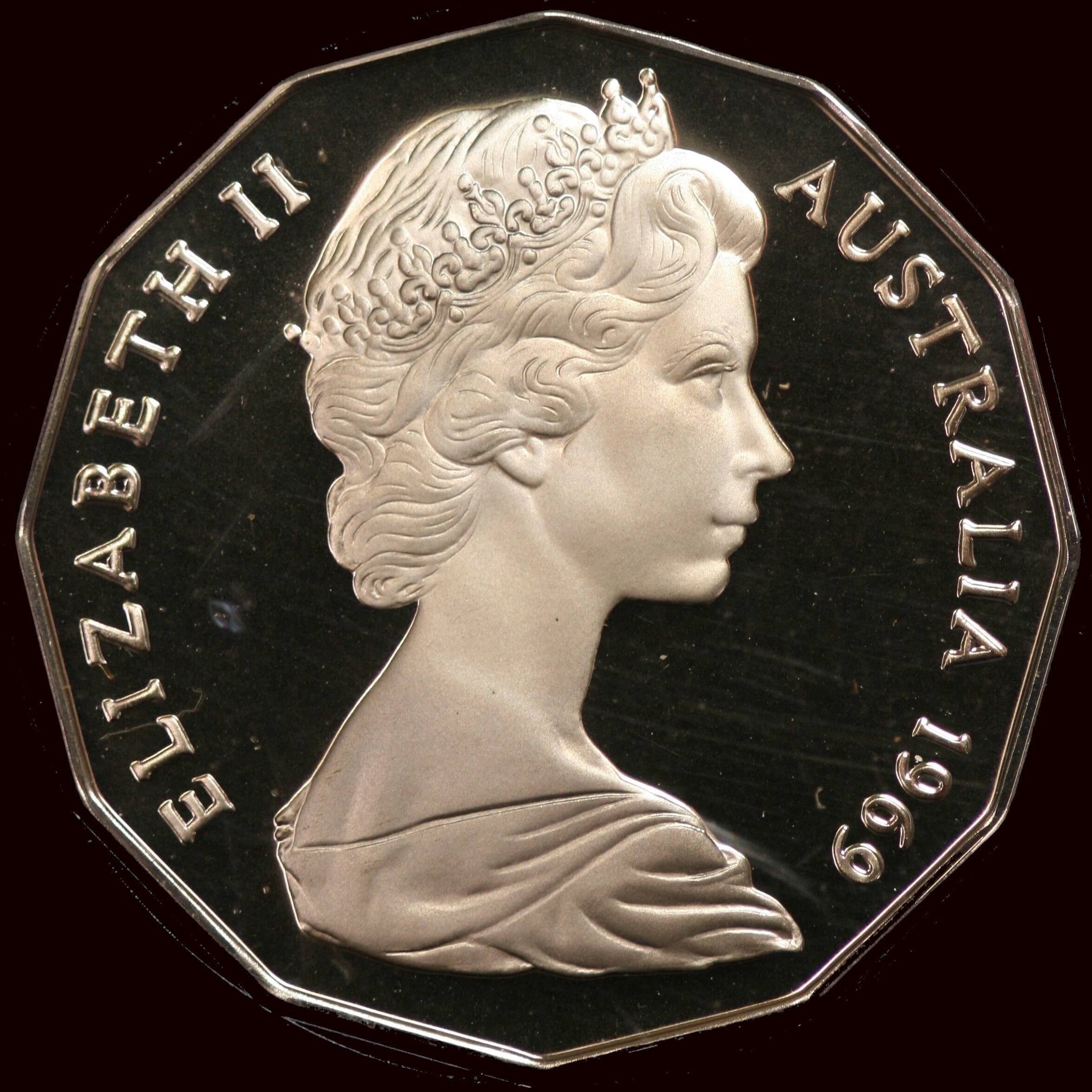
1969 Proof Strike Obverse
|
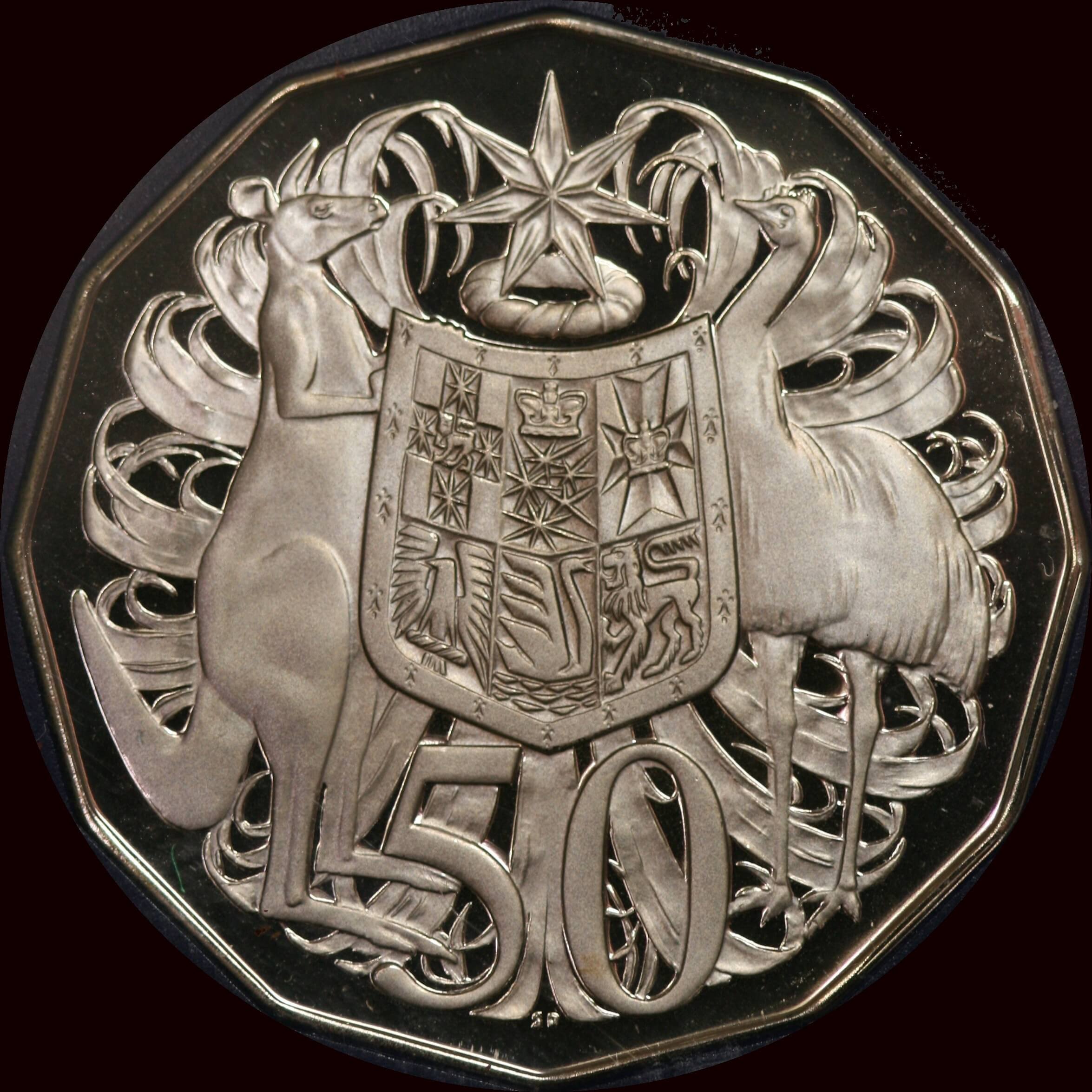
1969 Proof Strike Reverse
|
I'm currently getting as much information as I can on the dates and times at which our decimal coins were struck to piece this puzzle together, as it stands this is the information that I have:
- The area of the reverse die behind the emu's head was rather weak (as evidenced by the existence of the "double bar" variety), and as a result that hub was retired and replaced with a modified one.
- This die hub was unintentionally deployed throughout 1979 and 1980 when no other hubs were available and resulted in the "double bar" variety being seen on the proof and circulation strike 50¢ coins in 1979, as well as the circulation strike 50¢ coins in 1980;
- Production of the 1966 proof coins began in October 1967 and was sold to the general public until February 29th 1968.
- No eyelashes or eyebrow are evident on the 1966 50 cent circulation strike, nor on the proof strike;
- Eyelashes and an eyebrow are evident on the 1969 proof 50¢;
- The Royal Australian Mint archives include a small packet of coins that are marked as having been sent out from the London Mint. It includes two 1966 50¢ coins that are marked as "London Hub Type I" and "London Hub Type II"; (Images of both are included below.)
- The current and former RAM staff that have examined these coins don't recall being able to discern any differences between either of these coins, however, if you compare how the images of these coins compare with the "pattern" that I've obtained, you might see some strong similarities between the coin struck with London Hub Type I and the pattern.
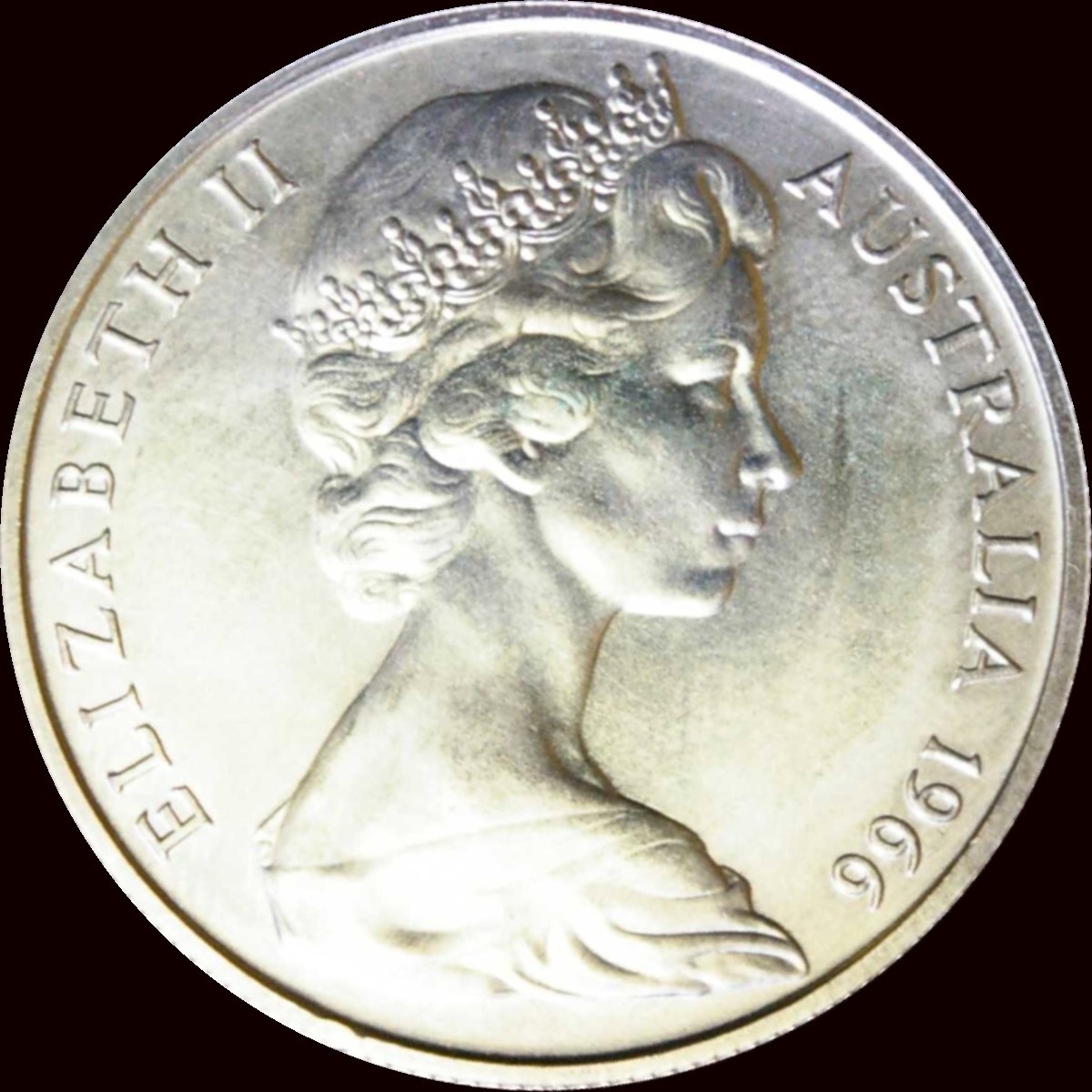 |
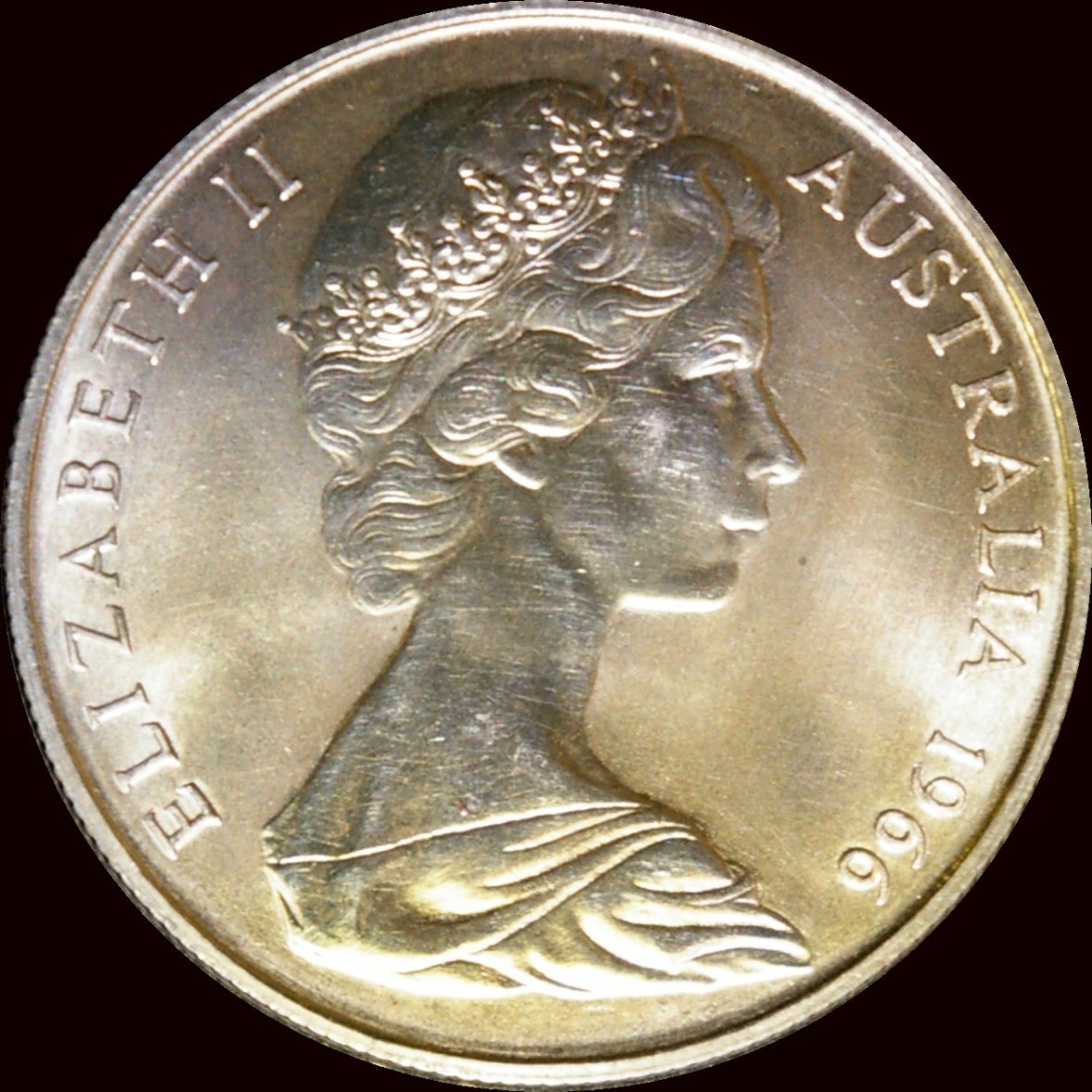 |
| London Hub Type I | London Hub Type II |
An article in the Australian Coin Review of July 1964 shows a model of the obverse of Australia's new coinage, one that was engraved by Arnold Machin. It clearly shares characteristics with this "pattern", namely the eyebrow and eyelashes in Elizabeth's portrait. Australia's Prime Minister at the time, Mr Harold Holt described the portrait as being "among the first to be produced within the Commonwealth using the new design." The article further states that the new design was selected with the advice of the Royal Mint Advisory Committee, under the presence of the Duke of Edinburgh.
I've not yet been able to locate any information relating to the evolution of the final design used, however, I did find some information in the memoirs of Arnold Machin - "Arnold Machin, Artist of an Icon". In the chapter covering his selection to design the 2nd obverse of Elizabeth II, Machin stated that "I continued to work on the effigy, and did several versions because I made it a classical design which was a symbol of royalty, rather than a portrait. The pearls around the neck were done several times to give perfect detail so that I was submitting designs for some months." (The emphasis in bold is my own.) This passage shows that it isn't unprecedented with this particular design for there to be slight variations in the portrait. Further on in the same chapter, Machin goes on to state that the obverse was completed in 1964, and that he was awarded the OBE by the Queen in 1965. "My success with the coinage designs brought commissions from various quarters and I was invited to design coins for Australia...", although he makes no further reference to his work for the Australian coinage.
I've since come across a page on the Museum of Victoria website that shows what could be a similar coin contained in their permanent numismatic collection. The existence of this coin and the fact that it was struck at the London Mint and sent to Australia "as a sample of the new coinage" indicates to me that there has to be an interesting story explaining just why the London hubs were altered before being introduced to the production line at Canberra. I never realised that there was a difference between the obverse of the 1966 coinage and those struck between 1969 and 1984 - but there you have it!
Click here to view our current inventory of rare and collectible Australian 50 cent coins.